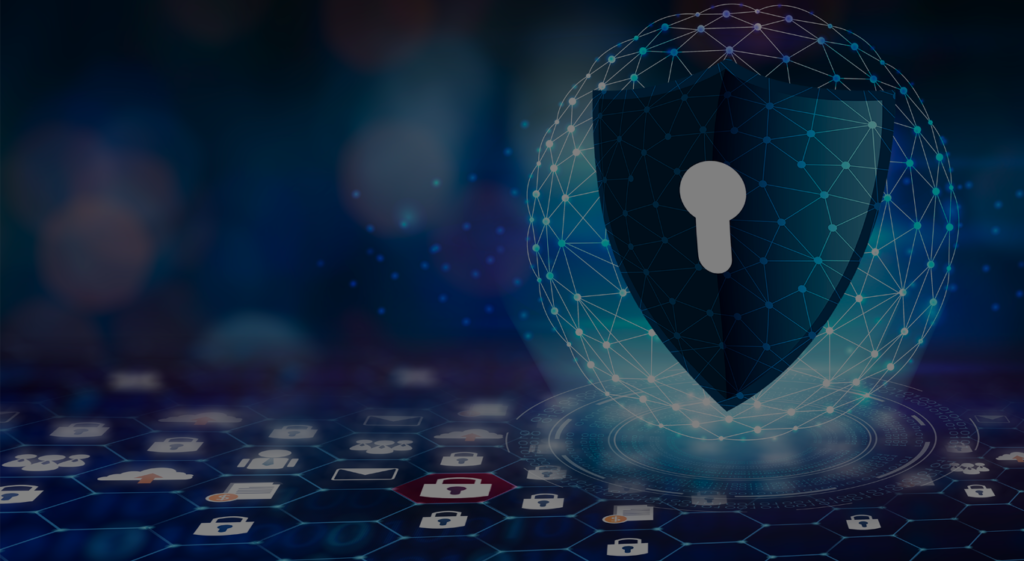
Cybersecurity refers to the practice of protecting computer systems, networks, data, and digital information from various forms of cyber threats, attacks, and unauthorized access. It encompasses a wide range of technologies, processes, and practices designed to safeguard digital assets and maintain the confidentiality, integrity, and availability of information.
Key aspects of cybersecurity include:
Threats and Attacks: Cyber threats can come in various forms, such as malware (viruses, worms, ransomware), phishing attacks, denial of service (DoS) attacks, insider threats, and more. These threats aim to exploit vulnerabilities in systems and compromise data.
Vulnerability Management: Regularly identifying and patching vulnerabilities in software, hardware, and systems is crucial to prevent potential points of entry for cybercriminals.
Network Security: This involves securing networks through firewalls, intrusion detection/prevention systems, and monitoring network traffic for suspicious activities.
Endpoint Security: Protecting individual devices (computers, smartphones, tablets) with antivirus software, encryption, and access controls to prevent unauthorized access.
Data Protection: Implementing encryption, access controls, and data loss prevention measures to ensure that sensitive data remains confidential and is not compromised during storage, transmission, or processing.
Identity and Access Management (IAM): Managing user access to systems and data, often through multi-factor authentication, role-based access controls, and strong password policies.
Security Awareness Training: Educating employees and users about cybersecurity best practices, including recognizing phishing attempts, safe browsing habits, and the importance of keeping software up to date.
Incident Response and Recovery: Developing plans and strategies to respond effectively to cyber incidents, minimize damage, and restore systems and data to normal operation.
Security Audits and Compliance: Regularly assessing security measures, conducting audits, and ensuring compliance with relevant industry regulations and standards.
Cloud Security: Ensuring the security of data and applications hosted in cloud environments, often through a combination of provider controls and customer-implemented security measures.
IoT Security: Addressing the unique security challenges posed by the Internet of Things (IoT) devices, which are often interconnected and can be vulnerable to attacks.
Ethical Hacking: Employing ethical hackers (also known as penetration testers) to identify vulnerabilities in systems and networks, helping organizations strengthen their security measures.
Cybersecurity is an ongoing process due to the evolving nature of cyber threats and the constant development of new attack methods. Organizations and individuals alike must remain vigilant, proactive, and well-informed to effectively mitigate the risks associated with the digital landscape.

Contact us If you require any support on Cybersecurity services. Send us an email or call us now.
